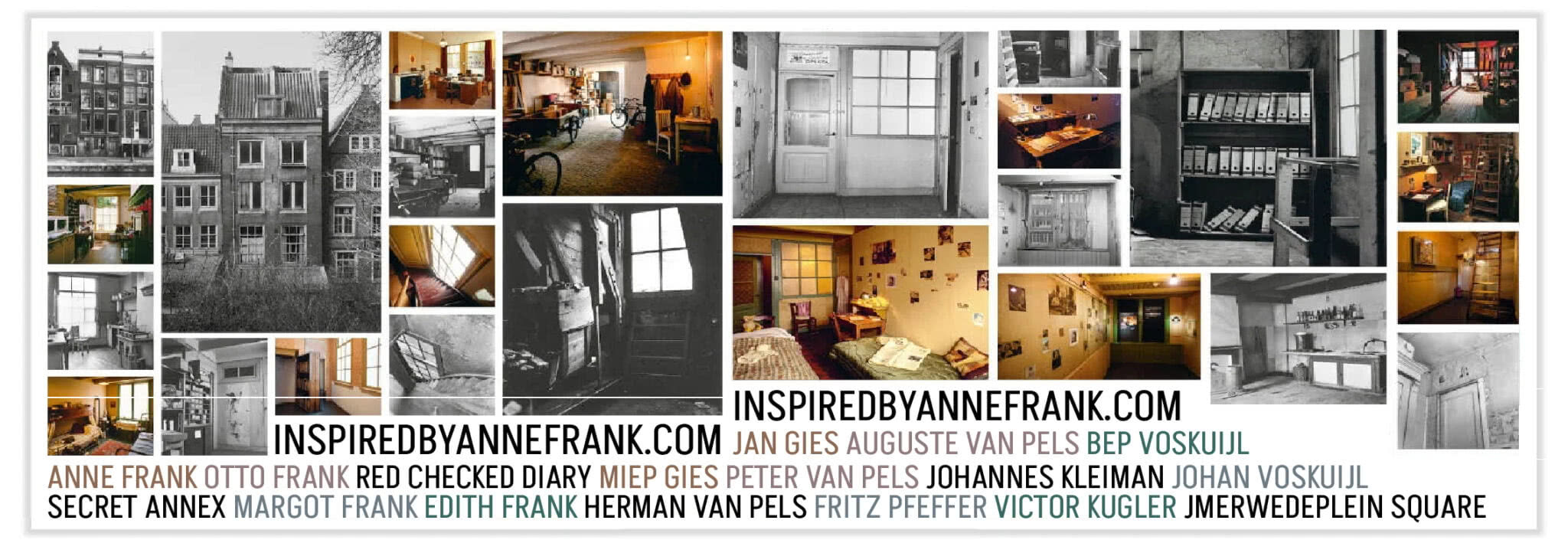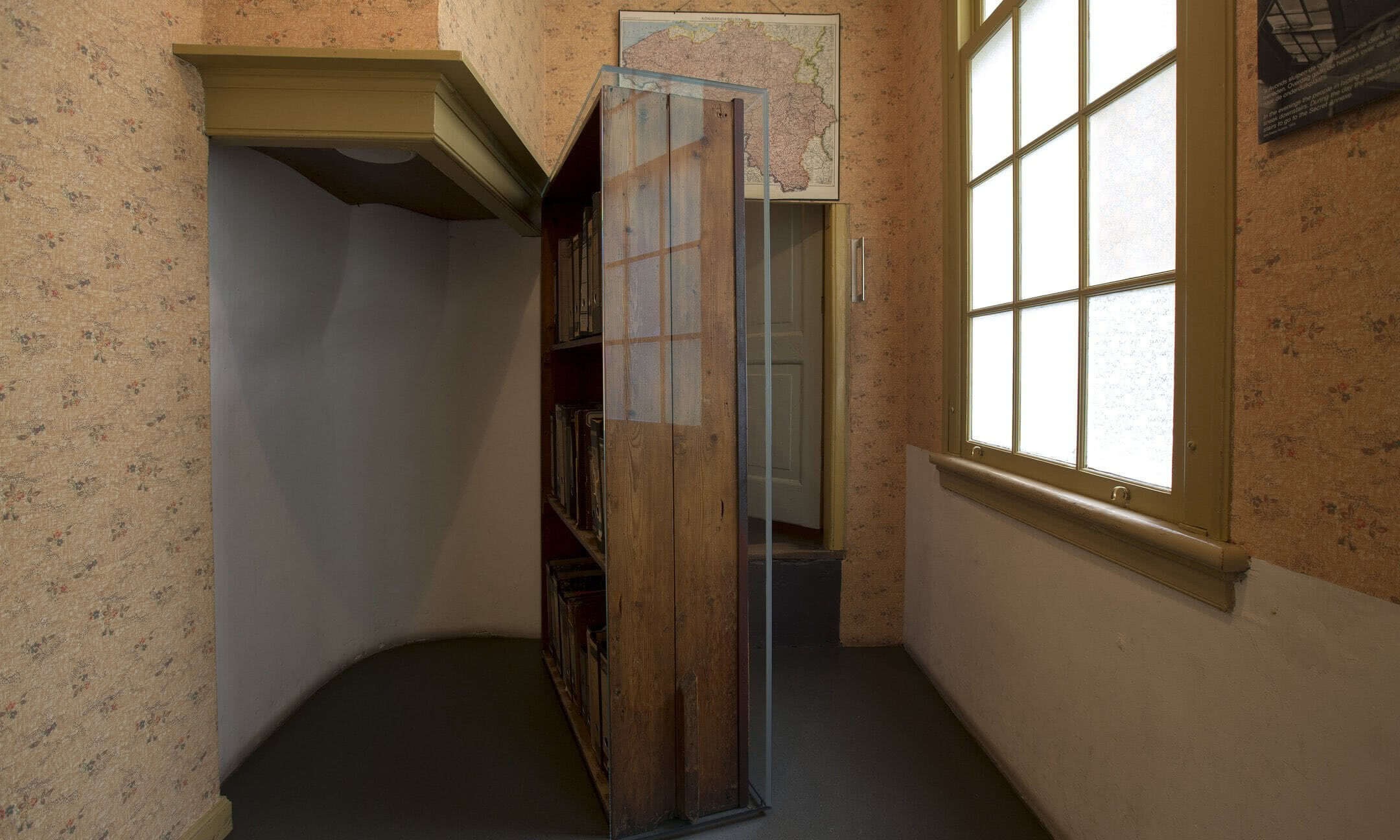When Anne’s sister Margot received a call-up for a labour camp in Germany, the Frank family, who lived elsewhere in Amsterdam, decided to go into hiding in the annex of the business premises immediately. They would live there mainly on the second and third floor. The only way to enter the hiding place was through the secret entrance, hidden behind the revolving bookcase.
The business premises in the main house continued into the ground floor and the first floor of the annex. However, these rooms were not directly connected with the hiding place, which was located on the upper floors of the annex. And so, a casual visitor of Prinsengracht 263 would never notice what went on behind the bookcase.
When on 5 July 1942 the Frank family prepared to go into hiding in the secret annex, her diary was one of the first things that Anne packed:
«Margot and I started packing our most important belongings into a satchel. The first thing I stuck in was this diary, and then curlers, handkerchiefs, schoolbooks, a comb and some old letters.»
July 8th, 1942

During all her time in the secret annex Anne writes in her diary, documenting everything that happens, whether good or bad.
The annex where Anne and her family went into hiding dates from 1739. In that year, more than a hundred years after the construction of Prinsengracht 263, the previous annex had been demolished to be replaced by a new, larger annex.Later on, another renovation took place. The basement was replaced by a room at street level. This intervention made the house suitable for companies that required office space as well as a warehouse or large workspace. Almost 200 years later, that was exactly what Otto Frank wanted for his company Pectacon.
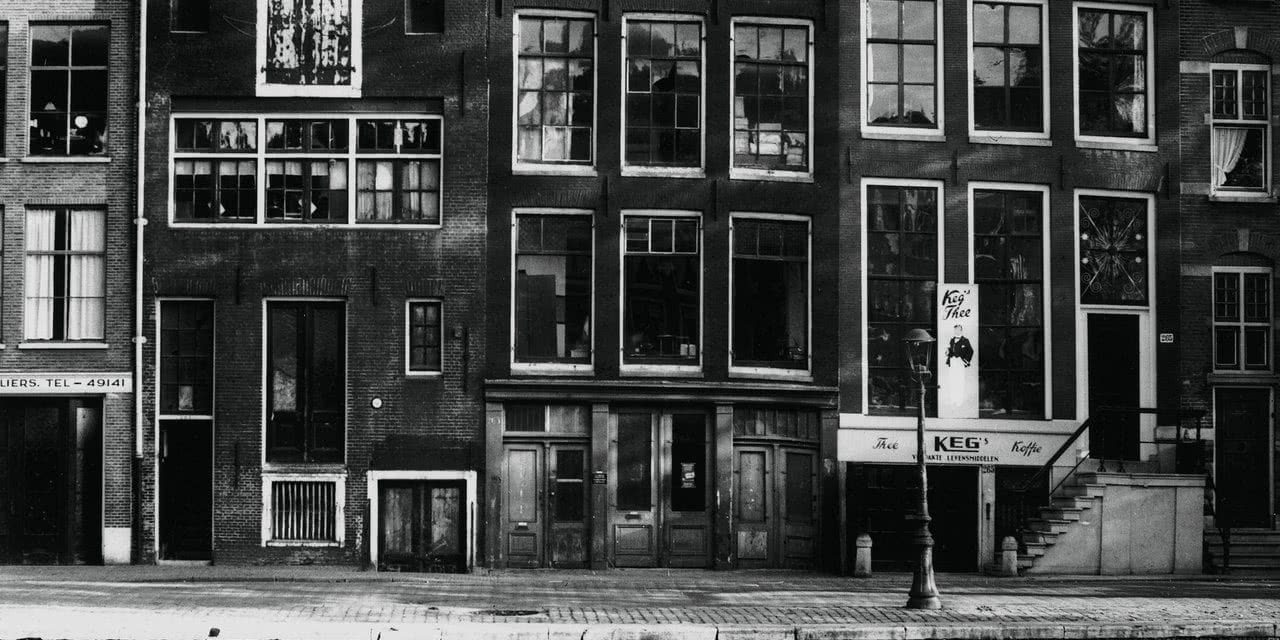
In 1940, Otto Frank rented the entire building, main house and annex, from the Pieron family, who had been the owner since 1901. From that moment on, the floors of the main house and annex were no longer used separately but as a whole. The ground floor housed the workshop of the company, the first and second floors were turned into storage and office space, respectively.
This required a new connection between the first and second floors. To go from the first floor to the second floor, you first had to go all the way back to the front door and step outside. There, you went through another entrance door and climbed up a second, steep staircase to the annex. To solve this problem, another staircase was constructed between the main house’s first and the second floors. This is the staircase that leads to the landing where later, a bookcase was placed in front of the entrance to the Secret Annex.
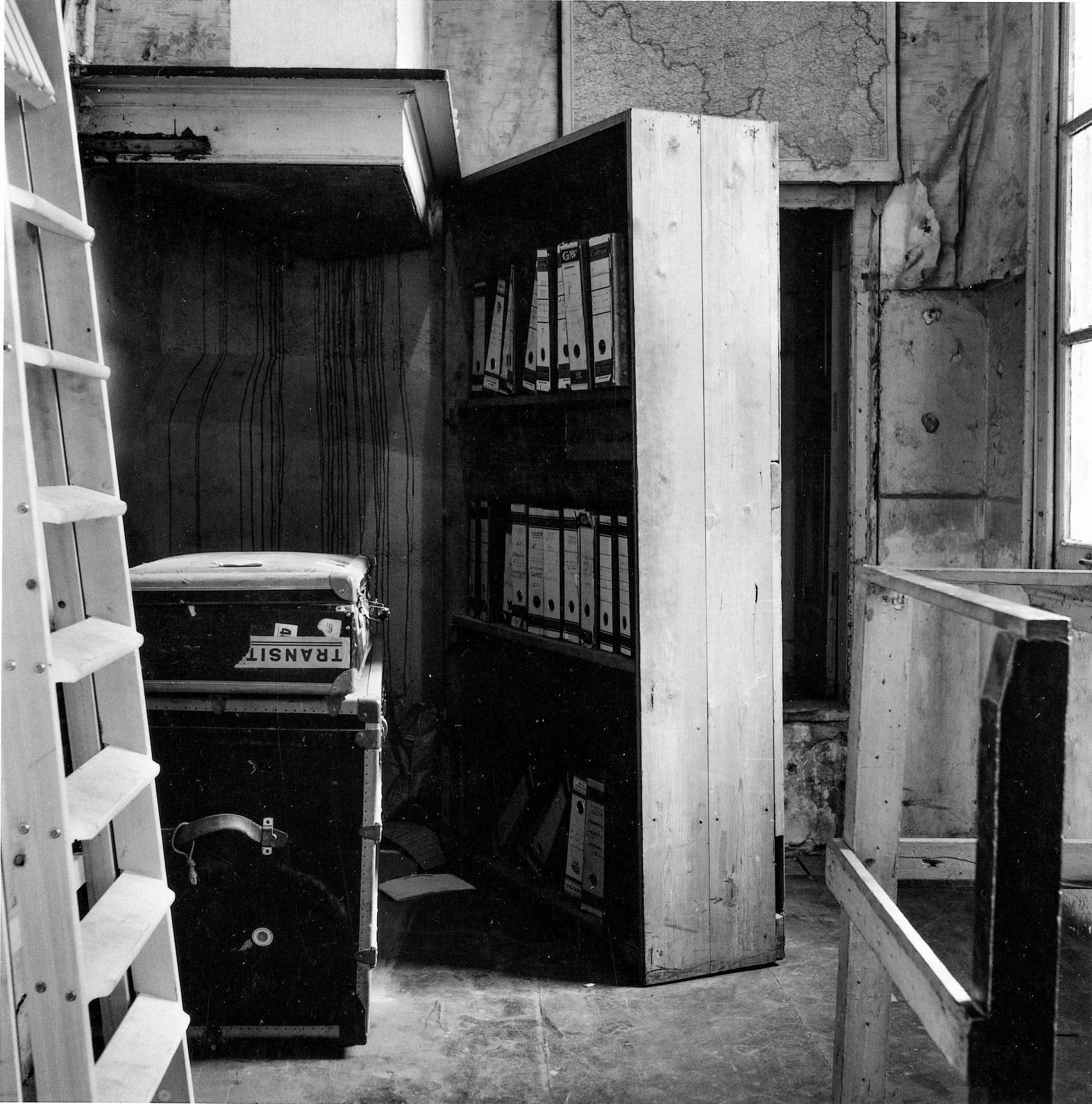
Life Is a Scheduled Routine In The Secret Annex
In the secret annex, the diary becomes Anne’s very personal free space, the place where she can write about everyday life with the other seven . The hidden apartment is above the warehouse of Opekta, a company producing pectin for jam-making that her father Otto had established in Amsterdam. For this reason, apart from the weekends, their days are strictly structured by the working hours of the warehouse employees who know nothing about the secret annex and must not hear any noise made by those in hiding. This means that all eight inhabitants of the secret annex have to be extremely quiet.
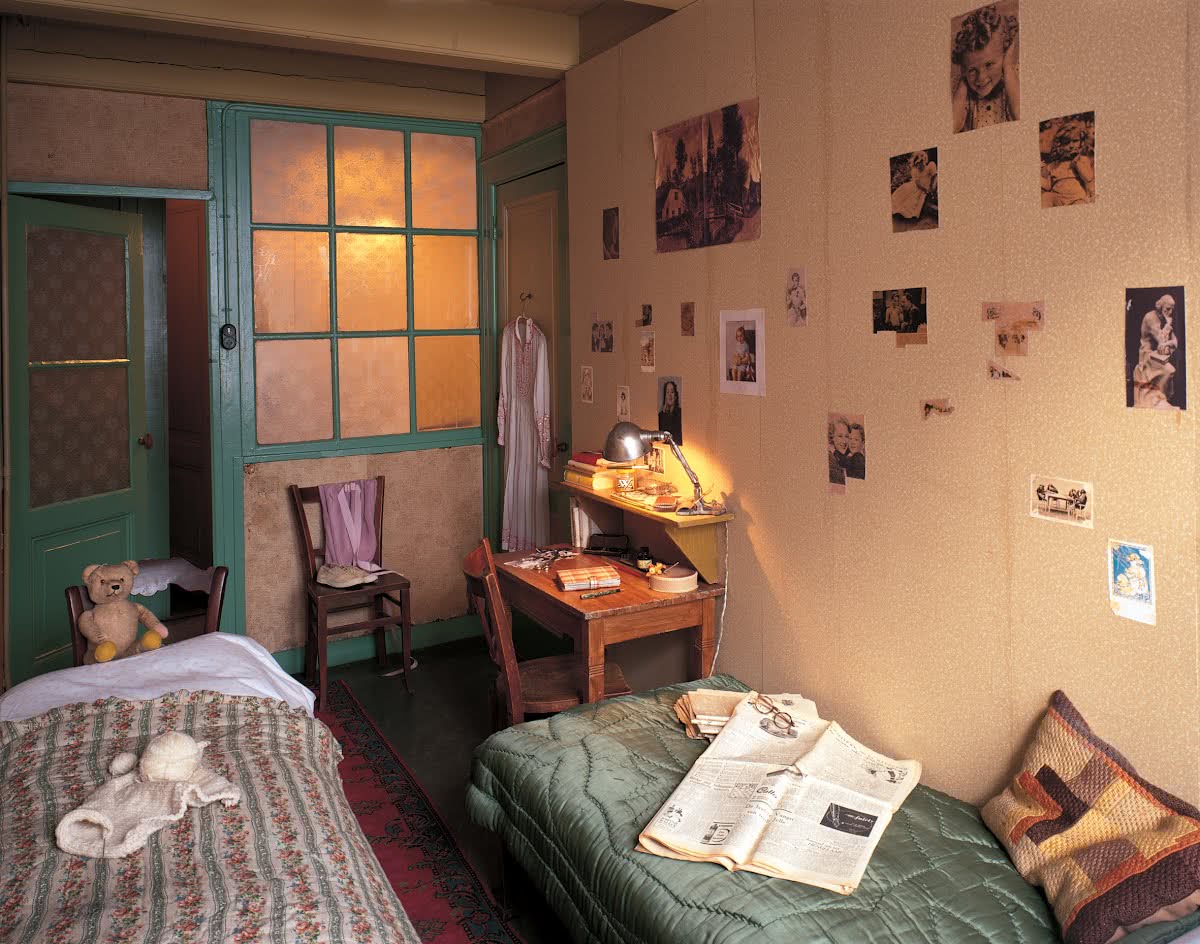
Otto Frank encourages his daughters and Peter van Pels to continue with their studies so that they won’t have to repeat a year at school when the war is over. The helpers regularly bring the children new books from the lending library and various distance learning courses.
The five helpers – Miep Gies, Bep Voskuijl, Johannes Kleiman, Victor Kugler and Jan Gies – supply everything the eight inhabitants of the secret annex need to survive. Without their organisational talent and discretion, it would not have been possible to live in hiding for two years. They come by every day with food acquired from the black market, reading material, and stories from the outside world.
